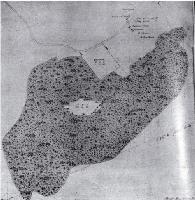Amateur Photographer
RICCARTON BUSH WALK
Before European settlement, Pūtaringamotu was a valuable source of food and timber for the Māori. From the bush they produced carvings and canoes, and preserved pigeons.
These trees, up to 600 years old, are the descendents of a podocarp forest established over 6000 years ago. They are the sole Canterbury remnant of kahikatea floodplain forest and as such have national significance.
Significance of Riccarton Bush

Riccarton Bush is probably the oldest protected natural area in the country. It is a reminder of what the Canterbury Plains would have looked like before human settlement. The trees are mostly kahikatea (between 400 and 600 years old), totara, matai, kowhai, hinau and other species. Native climbing plants and a wide range of ferns and mosses are also found there.